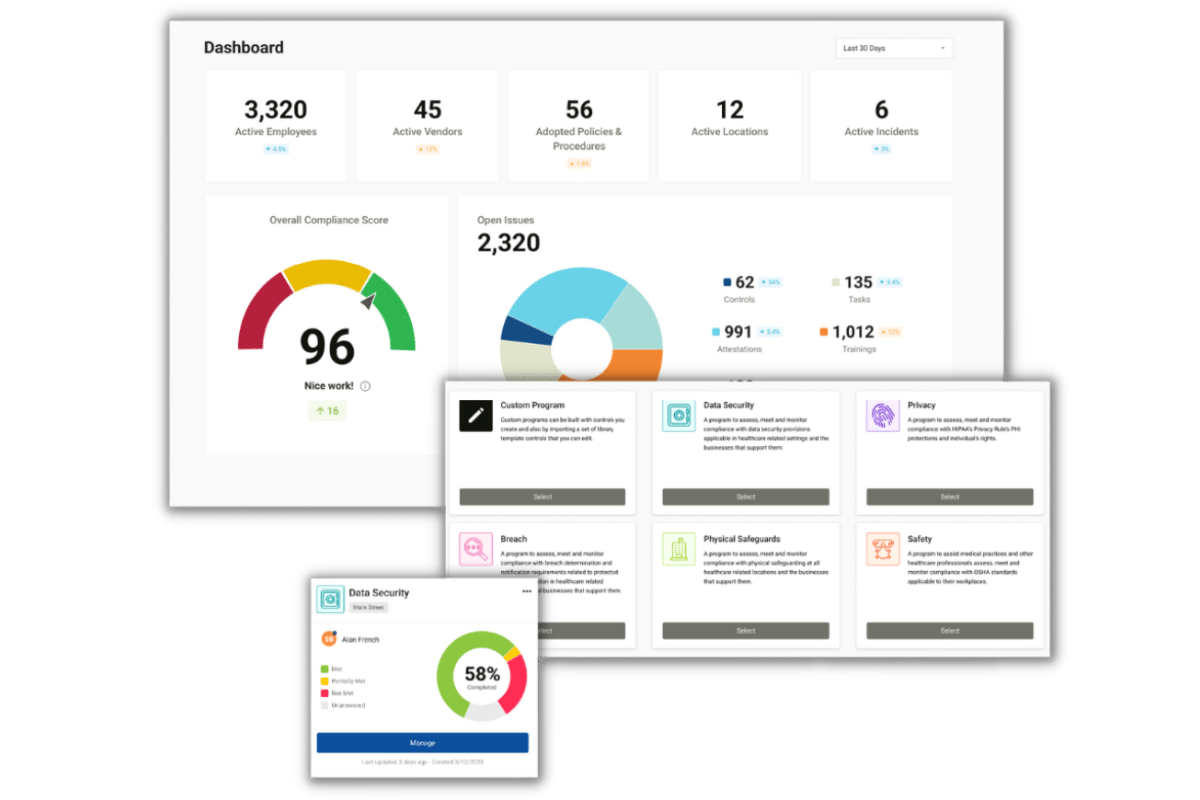The Health Insurance Portability and Accountability Act was passed on August 21, 1996, during the re-election campaign of President Bill Clinton. The law was the end-product of twin concerns of Congress as America entered into the 21st century. One of these twin principal concerns was, of course, a fear that as new technologies were developing, existing laws – mostly a patchwork of laws on the state level – were inadequate to protect the privacy and security of patient health information. Regulation of this privacy and security is embodied in Title II of HIPAA. Title I of HIPAA, however, addresses an equally important concern and is an equally important part of the HIPAA timeline. Title I was passed to ensure that a change in employment would not result in termination of health insurance coverage.
What is the Importance of Title I in the HIPAA Timeline?
Title I of HIPAA plays an important role not only in the HIPAA timeline but in the timeline of health insurance coverage developments in America generally. In 1985, a federal law, the Consolidated Omnibus Budget Reconciliation Act (COBRA) was passed. That law required employers of a certain size to offer continuation of health plan benefits to employees after termination of their employment. In 2010, the Patient Protection and Affordable Care Act (PPACA) passed. That law strengthens existing COBRA law. For example, under the PPACA, an insurer generally cannot refuse to sell a policy of healthcare insurance to an individual because that individual has a preexisting medical condition. Therefore, when an individual becomes eligible for COBRA coverage, that individual cannot be denied this coverage because of a preexisting medical condition.
A 1974 federal law known as the Employee Retirement Income Security Act of 1974, governs how employers must manage employee benefit plans, including healthcare plans. Under ERISA, if the terms of a healthcare plan (e.g., price, coverage) are going to change, the plan participants (employees under the plan) must be notified.
ERISA did not contain provisions for how long a new plan could deny coverage for preexisting medical conditions (medical conditions that pre-date the date of enrollment in a healthcare plan). Title I of HIPAA filled in this regulatory “gap,” providing rules for how long a new plan can deny coverage for such conditions.
Before HIPAA, certain events triggered what is referred to in healthcare insurance-speak as “open enrollment.” Open enrollment is that period of time in a calendar or plan year during which employees can sign up for employer health plan coverage for the following year. HIPAA added certain events that “trigger,” or cause, an open enrollment period, thereby allowing an individual to sign up for coverage during that period. Two particular events HIPAA “added” as events triggering open enrollment are changes in marital situation, or moving to another location.
HIPAA ensures not only the right to open-enroll under certain circumstances, but also ensures that a new plan will cover preexisting conditions if certain conditions are met. If a person had medical insurance coverage for at least twelve months (provided the person did not have more than 63 days without coverage), a group health plan may not impose a preexisting condition exclusion on that person. This means that, when the person enrolls, the group plan must cover treatment for preexisting conditions.
If, however, an individual previously had coverage for less than twelve months before enrollment in a new plan, the new plan may exclude coverage for preexisting conditions. The exclusion period is reduced by the number of months the person had prior creditable coverage.
Title I, many of the provisions of which are now officially part of the PPACA, is an important development in the HIPAA timeline and the timeline of health insurance regulation in America.







